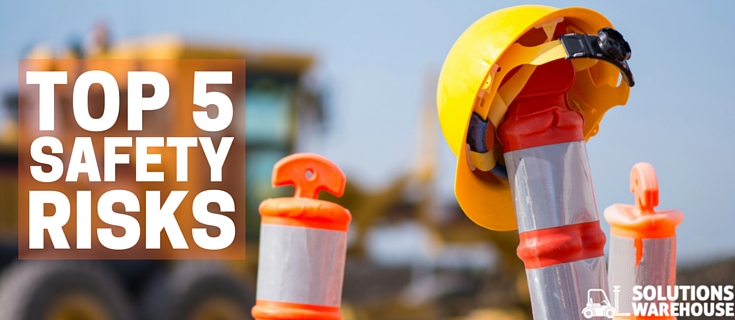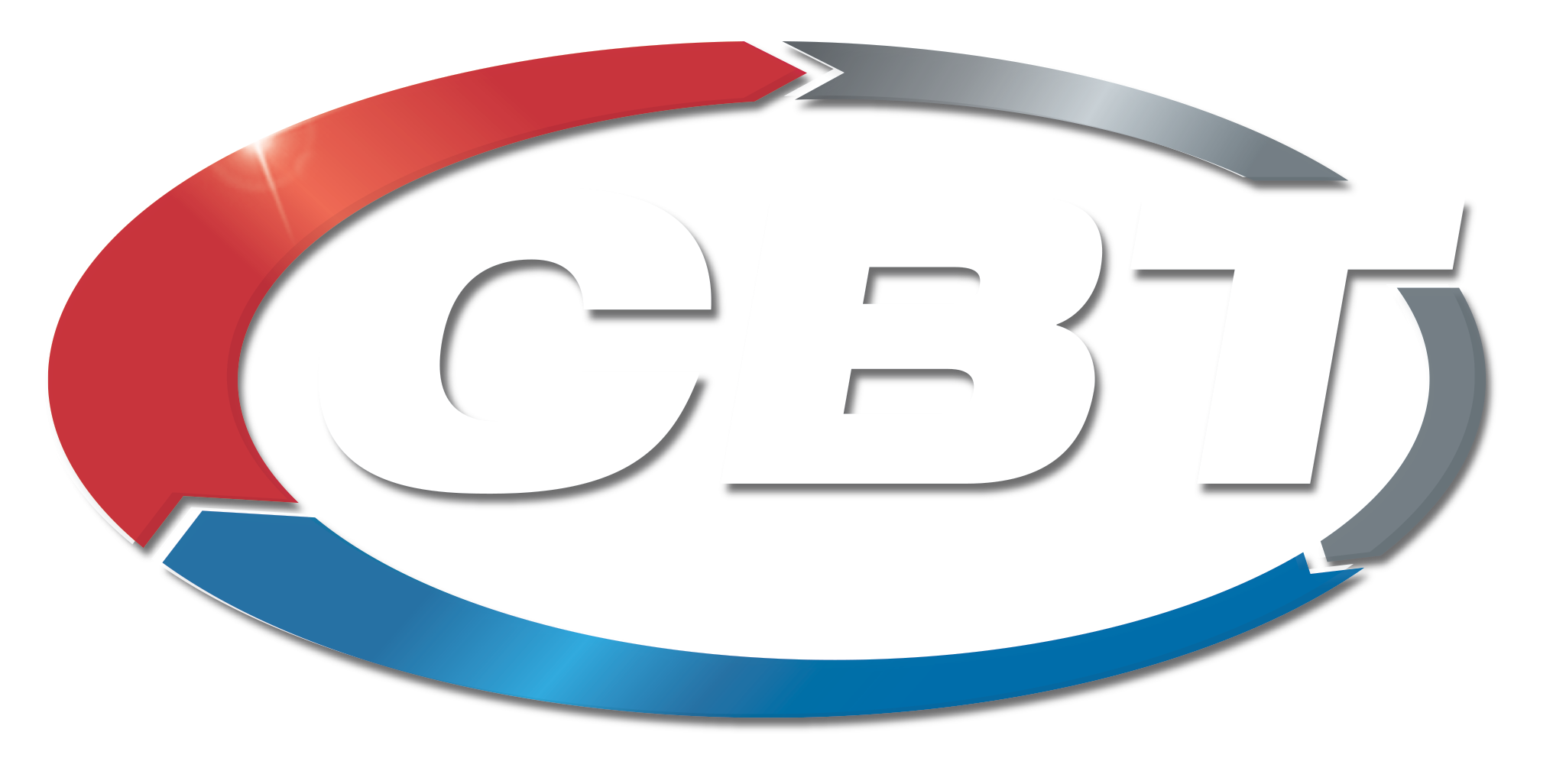 June 1st marked the beginning of National Safety Month. The National Safety Council, an American National Standards Institute (ANSI), has sponsored this event to help save lives and reduce injury in all aspects of life, including the workplace. It is the perfect time to ensure your business is compliant with all OSHA regulations, and to reduce hazardous risks. We have identified 5 major safety risks in manufacturing facilities:
June 1st marked the beginning of National Safety Month. The National Safety Council, an American National Standards Institute (ANSI), has sponsored this event to help save lives and reduce injury in all aspects of life, including the workplace. It is the perfect time to ensure your business is compliant with all OSHA regulations, and to reduce hazardous risks. We have identified 5 major safety risks in manufacturing facilities:
1) Slips, Trips, and Falls
It’s probably happened to most of us. That momentary lapse in inattention thinking about what you have to do next or distracted by an activity that ends in a slip, trip, or fall. A stumble down a stairway. A trip over an uneven surface. According to the U.S. Department of Labor, slips, trips, and falls make up the majority of general industry accidents. It’s just one of a variety of conditions and situations that set the stage for a workplace accident. In addition to wearing proper shoes, fall-protection equipment, and other personal protection equipment, it is important to create good housekeeping practices and avoid creating obstacles in aisles and walkways. Employees should be trained to work together and understand safety signals from those on the ground and in hazardous areas on the plant floor. Rules and regulations should be in place to limit area access to people not properly outfitted, but it’s ultimately up to each individual to plan, stay alert and pay attention.
2) Undertrained Employees
Training is key to productivity, knowledge, and safety. All workers, including temporary workers, should be trained on how to safely carry out the responsibilities assigned to them, recognize hazards and implement control measures. OSHA and the National Safety Council provide many resources for training employees on chemical handling, machinery operation, first aid, and more. This is a great example of taking a proactive approach to safety in order to mitigate preventable hazards. Maintaining current training resources in an easily-accessible area and conducting onsite safety awareness activities to support education are also highly recommended to manage the risks at your workplace.
3) Heavy Equipment
If we fail to manage the risks with the use of heavy equipment, we could be putting the person using that piece of equipment and others at risk. Carelessness when maneuvering a forklift or other factory vehicle can result in serious injury and even death – and not just for the operator. By selecting suitable equipment, maintaining it properly, and training people to use the equipment correctly, risks to employees and others can be minimized. One of the most important ways to increase safety is by ensuring that your staff is well-trained, for example, operators should know to constantly be on the lookout for employees and employees outside of the machinery must know to get and hold eye contact with an operator, anticipate the vehicles movements, and alert the operator to an emergency.
4) Hazardous Material
Dangerous chemicals can be found anywhere, from corrosive cleaning solutions to leaking battery acid. To reduce the risk of exposure, all hazardous material in your facility should be clearly labeled. Safety instructions should be posted in the immediate vicinity and should include precautions, procedures for treating exposure and an evacuation plan. Employees should also be trained to recognize the signs and symptoms of chemical exposure so that they or their coworkers can immediately receive the proper first aid. First aid materials, fire extinguishers, and washing stations should all be readily available for employee use.
5) Lack of Preparation
Accidents happen, but there are steps you can take to ensure your workplace is prepared. One of the most dangerous elements in the workplace can be the people who shouldn’t be there in the first place. Work areas should be forbidden to all people who do not have proper training and equipment – including employees who work elsewhere in the facility. Limit access to your facility and post clear warnings so outsiders know to keep away. Almost no work environment is as hazardous as manufacturing, but if you know what to look for, you may be better able to protect yourself and your workers from injury.
Developing a proactive approach to safety in the workplace can not only boost employee morale, but can help your business in the long run. Proper training, knowledge, and preparation can help to reduce the workplace incidents across the manufacturing industry, and help promote a safe, and productive work environment. Follow along throughout the entire month of June for more safety updates. CBT offers a breadth of products, services, and safety training customized for any application. If you’re interested in further mitigating safety risks, contact your CBT Specialist today.












